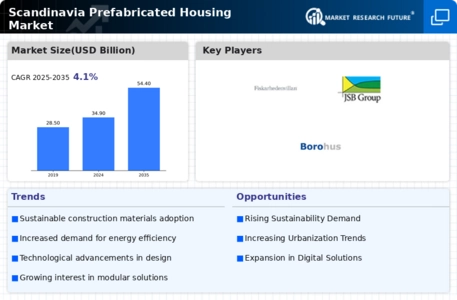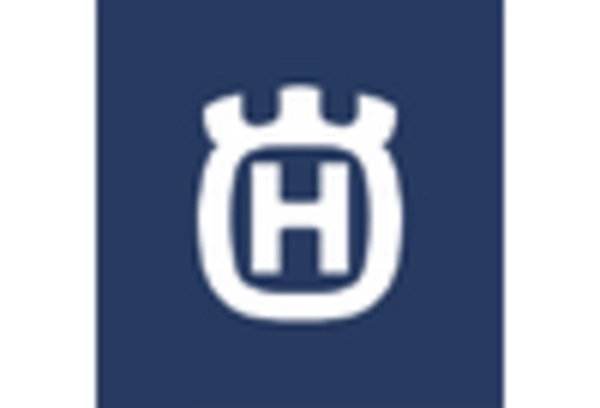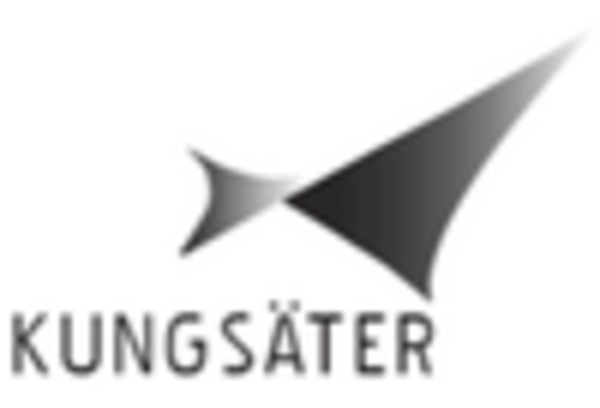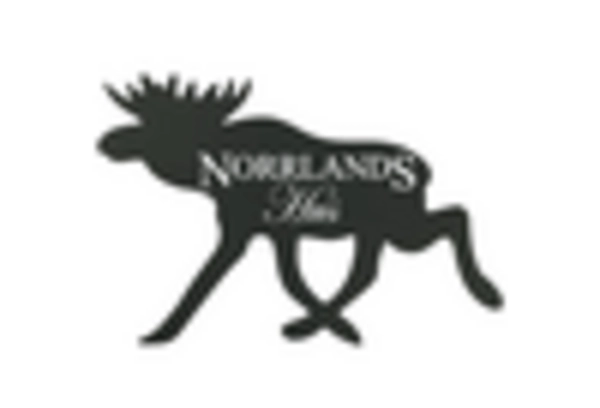Technological Innovations
Technological advancements are playing a pivotal role in shaping the Scandinavia Prefabricated Housing Market. Innovations in construction techniques, such as modular building and 3D printing, are enhancing the efficiency and quality of prefabricated homes. These technologies allow for greater customization and reduced waste, appealing to environmentally conscious consumers. Furthermore, the integration of smart home technologies is becoming increasingly prevalent, providing homeowners with enhanced control over energy consumption and security. As these technologies continue to evolve, they are likely to attract a broader demographic, including younger buyers who prioritize modern living solutions.
Sustainability Initiatives
The increasing emphasis on sustainability within the Scandinavia Prefabricated Housing Market is driving demand for eco-friendly building solutions. Governments across the region are implementing stringent regulations aimed at reducing carbon footprints and promoting energy efficiency. For instance, the Nordic countries have set ambitious targets for carbon neutrality, which has led to a surge in the adoption of prefabricated homes that utilize sustainable materials and energy-efficient designs. This trend not only aligns with consumer preferences for environmentally responsible living but also encourages manufacturers to innovate in sustainable construction practices. As a result, the market is witnessing a shift towards greener alternatives, which could potentially reshape the housing landscape in Scandinavia.
Changing Consumer Preferences
Shifting consumer preferences towards convenience and flexibility are driving the Scandinavia Prefabricated Housing Market. Modern buyers are increasingly seeking homes that offer quick occupancy and minimal maintenance. Prefabricated homes, with their streamlined construction processes, cater to these desires by providing ready-to-move-in options that can be customized to individual tastes. Additionally, the appeal of sustainable living is resonating with consumers, who are more inclined to choose homes that reflect their values. Market Research Future indicates that nearly 60% of potential homebuyers in Scandinavia express a preference for prefabricated options, suggesting a robust future for this segment of the housing market.
Urbanization and Housing Demand
Rapid urbanization in Scandinavian cities is significantly influencing the Prefabricated Housing Market. As populations in urban areas continue to grow, the demand for affordable and efficient housing solutions is escalating. Cities like Stockholm, Oslo, and Copenhagen are experiencing housing shortages, prompting local governments to explore prefabricated options as a viable solution. The prefabricated housing sector offers a faster construction timeline, which is crucial in addressing immediate housing needs. Recent data indicates that urban areas in Scandinavia are projected to see a 15% increase in housing demand over the next five years, further solidifying the role of prefabricated homes in meeting this challenge.
Government Incentives and Support
Government initiatives aimed at promoting affordable housing are significantly impacting the Scandinavia Prefabricated Housing Market. Various subsidies and financial incentives are being offered to both developers and consumers to encourage the adoption of prefabricated homes. For example, several Scandinavian governments have introduced programs that provide financial assistance for energy-efficient housing projects. This support not only lowers the initial investment barrier for potential homeowners but also stimulates market growth by encouraging developers to invest in prefabricated solutions. As these initiatives gain traction, they are expected to further enhance the attractiveness of prefabricated housing in the region.


















Leave a Comment